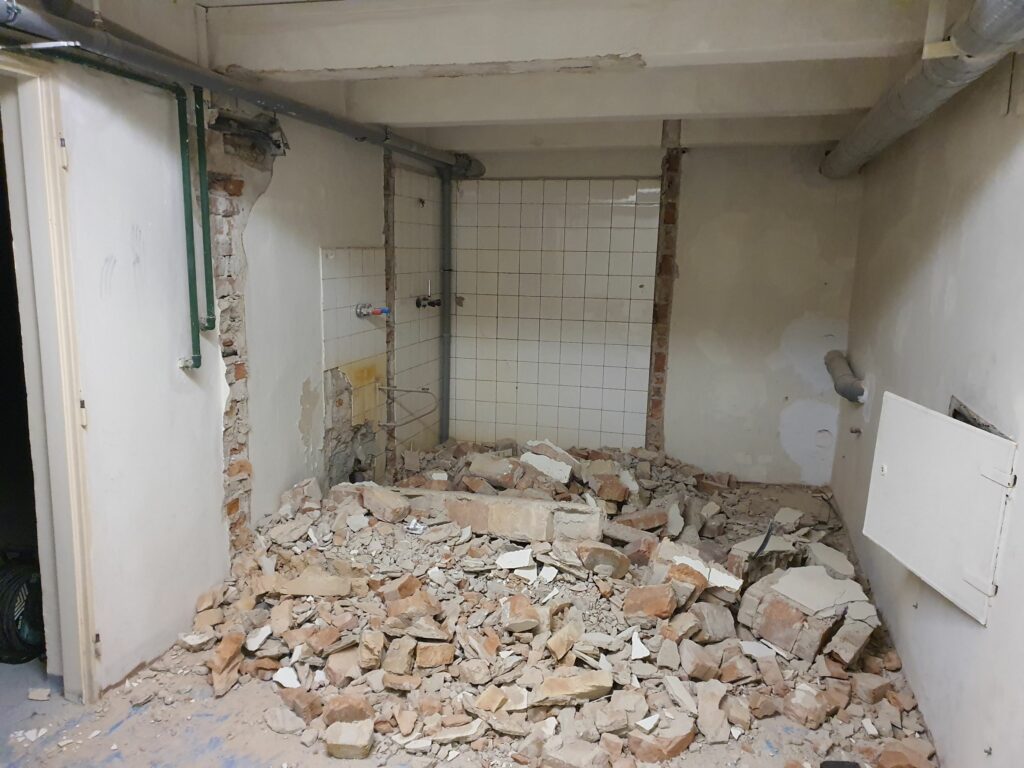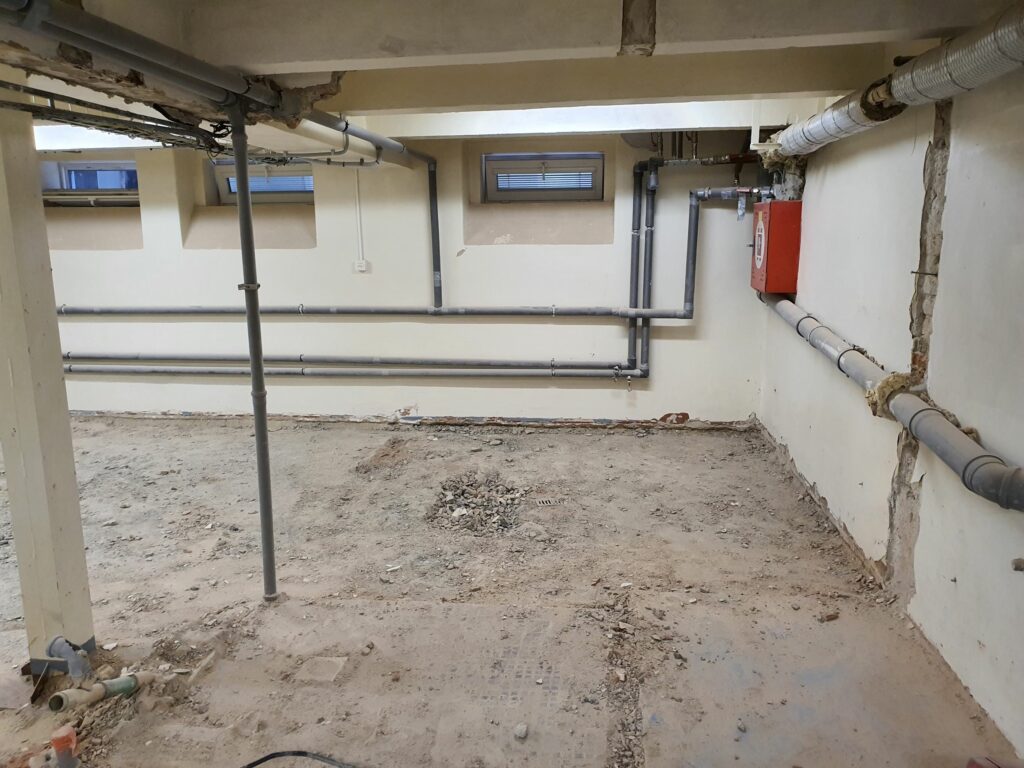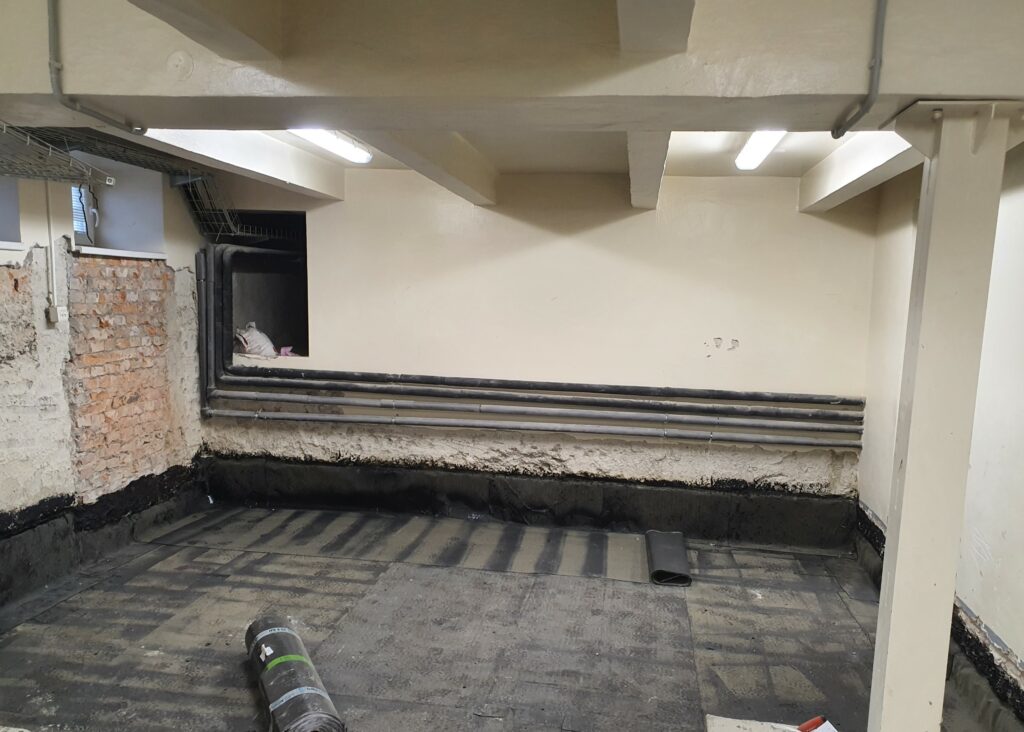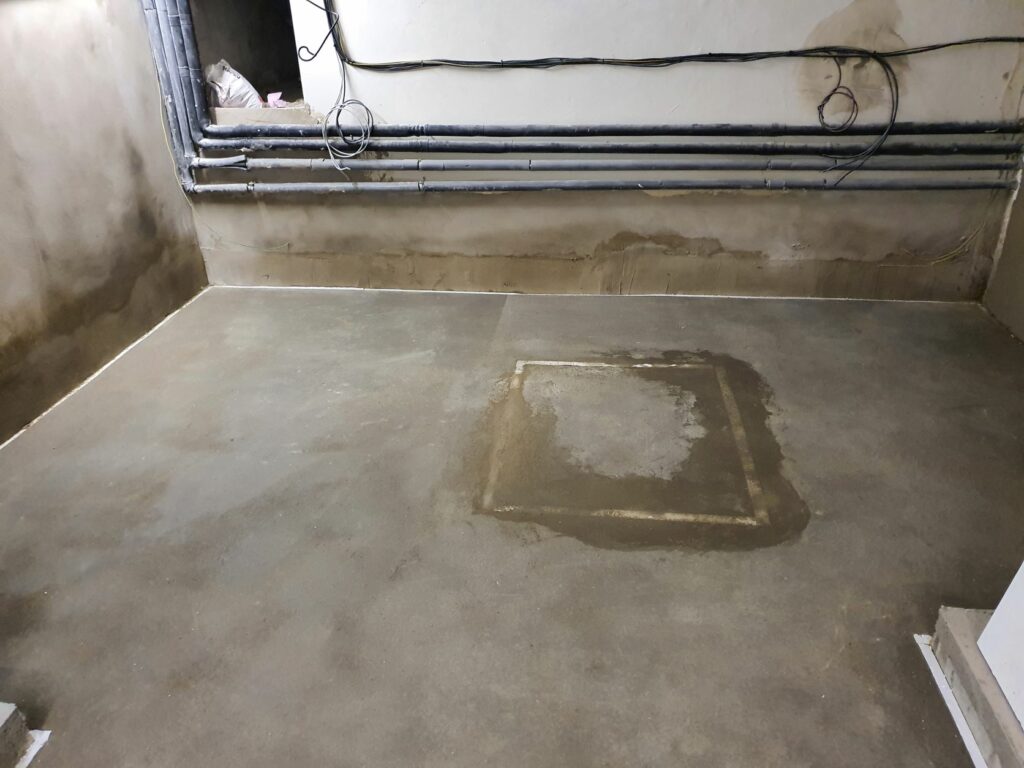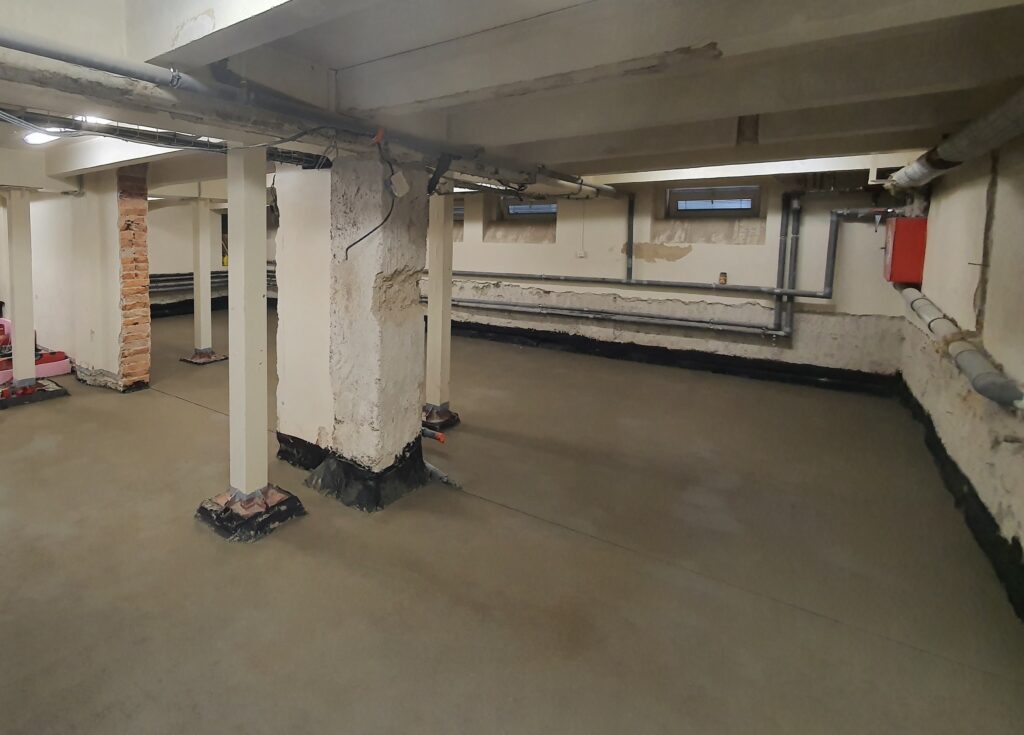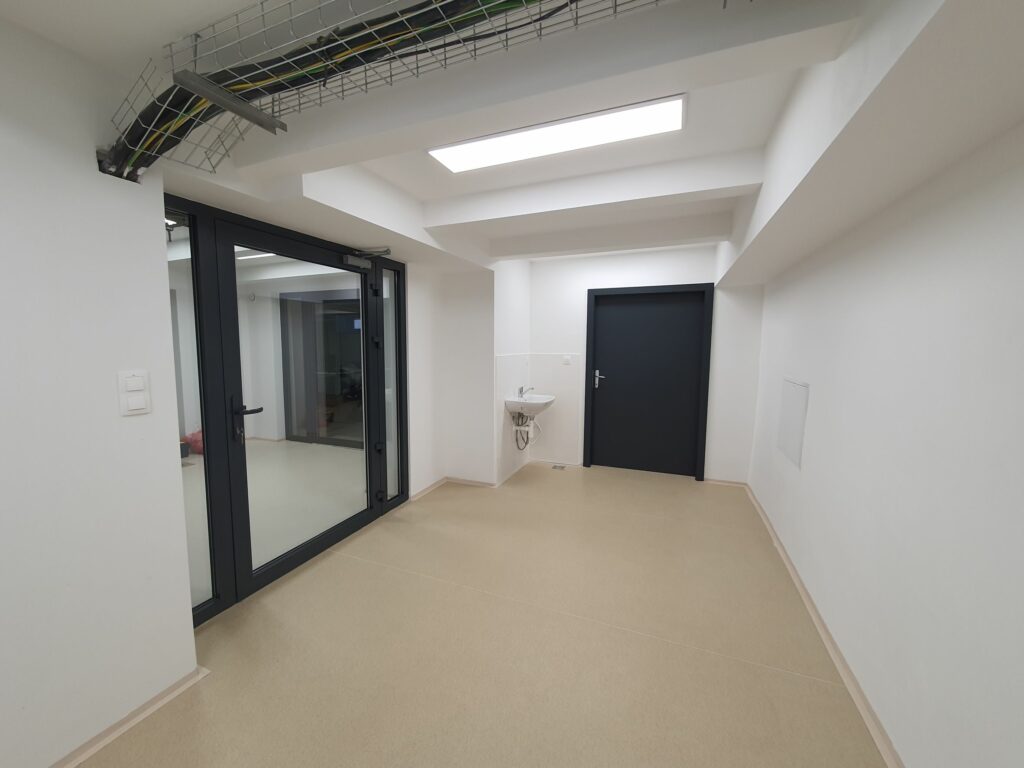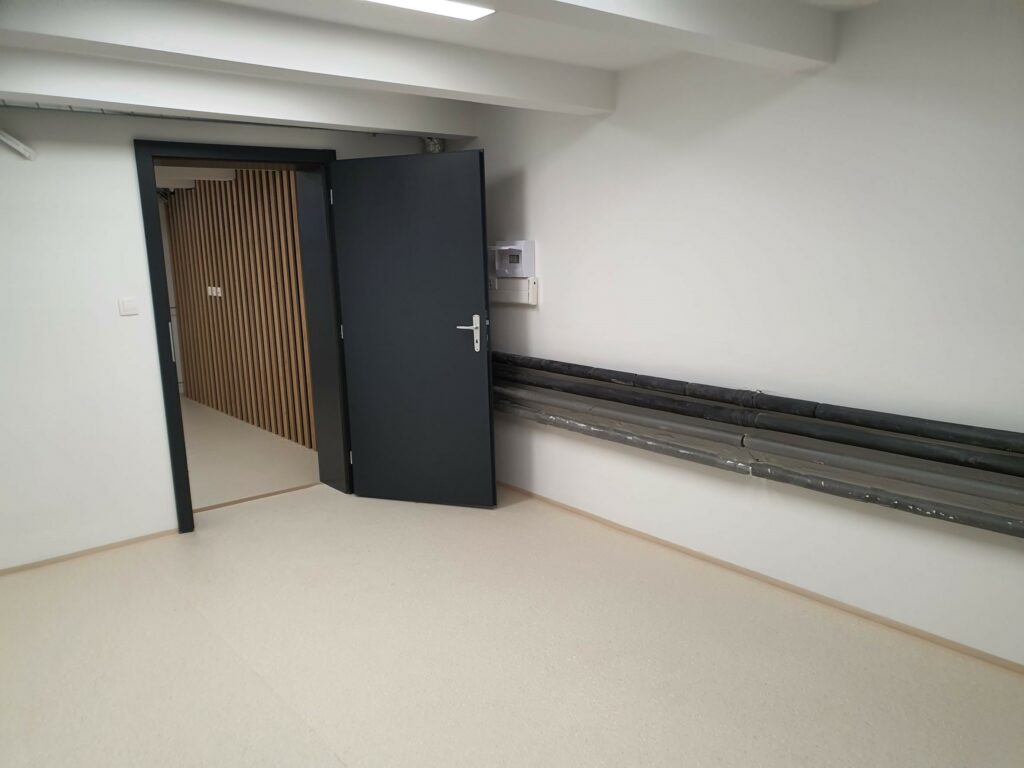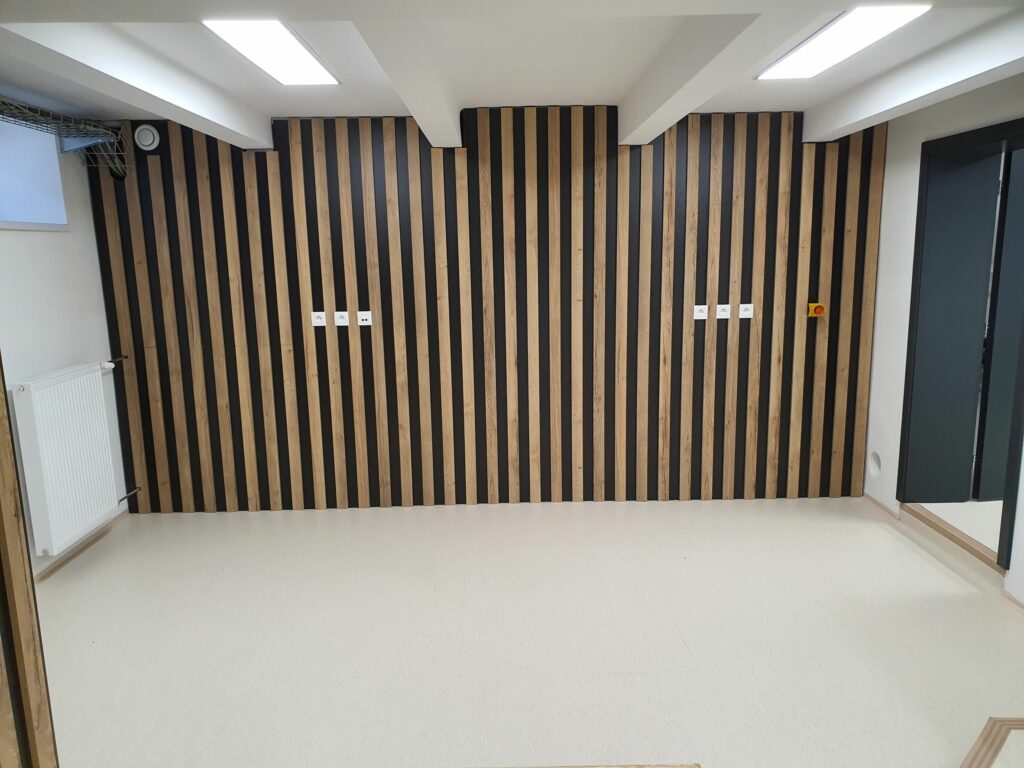Nada Mrkyvkova*, Vladimír Held, Peter Nádaždy, Riyas Subair, Eva Majkova, Matej Jergel, Aleš Vlk, Martin Ledinsky, Mário Kotlár, Jianjun Tian, Peter Siffalovic
J. Phys. Chem. Lett. 2021, 12, 41, 10156–10162
https://doi.org/10.1021/acs.jpclett.1c02869
Abstract
Lead-halide perovskites have established a firm foothold in photovoltaics and optoelectronics due to their steadily increasing power conversion efficiencies approaching conventional inorganic single-crystal semiconductors. However, further performance improvement requires reducing defect-assisted, nonradiative recombination of charge carriers in the perovskite layers. A deeper understanding of perovskite formation and associated process control is a prerequisite for effective defect reduction. In this study, we analyze the crystallization kinetics of the lead-halide perovskite MAPbI3–xClx during thermal annealing, employing in situ photoluminescence (PL) spectroscopy complemented by lab-based grazing-incidence wide-angle X-ray scattering (GIWAXS). In situ GIWAXS measurements are used to quantify the transition from a crystalline precursor to the perovskite structure. We show that the nonmonotonous character of PL intensity development reflects the perovskite phase volume, as well as the occurrence of the defects states at the perovskite layer surface and grain boundaries. The combined characterization approach enables easy determination of defect kinetics during perovskite formation in real-time.


